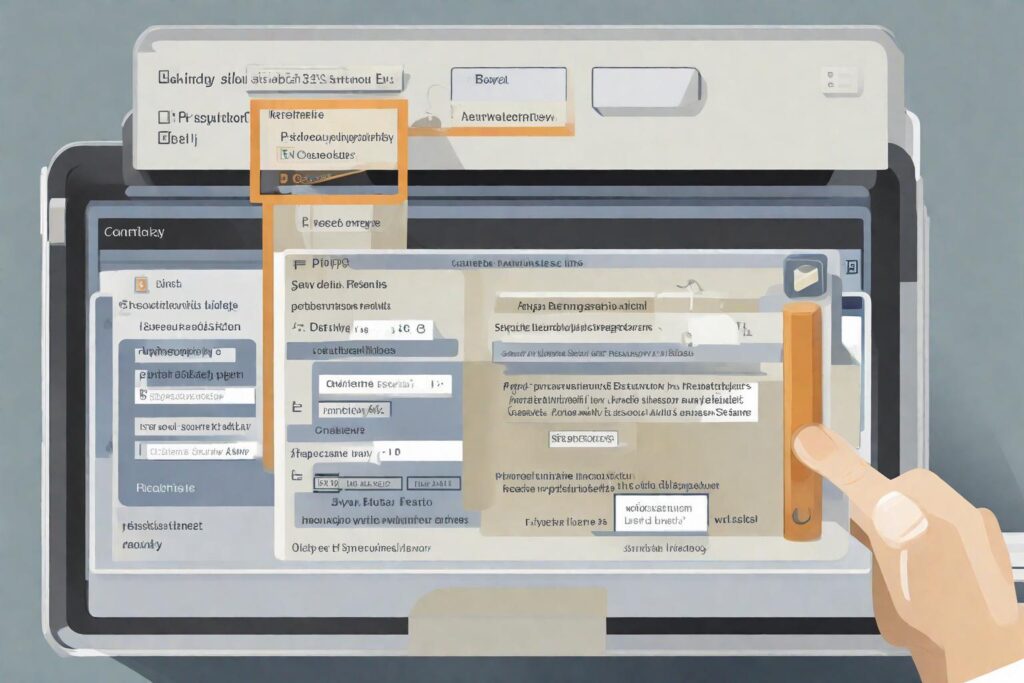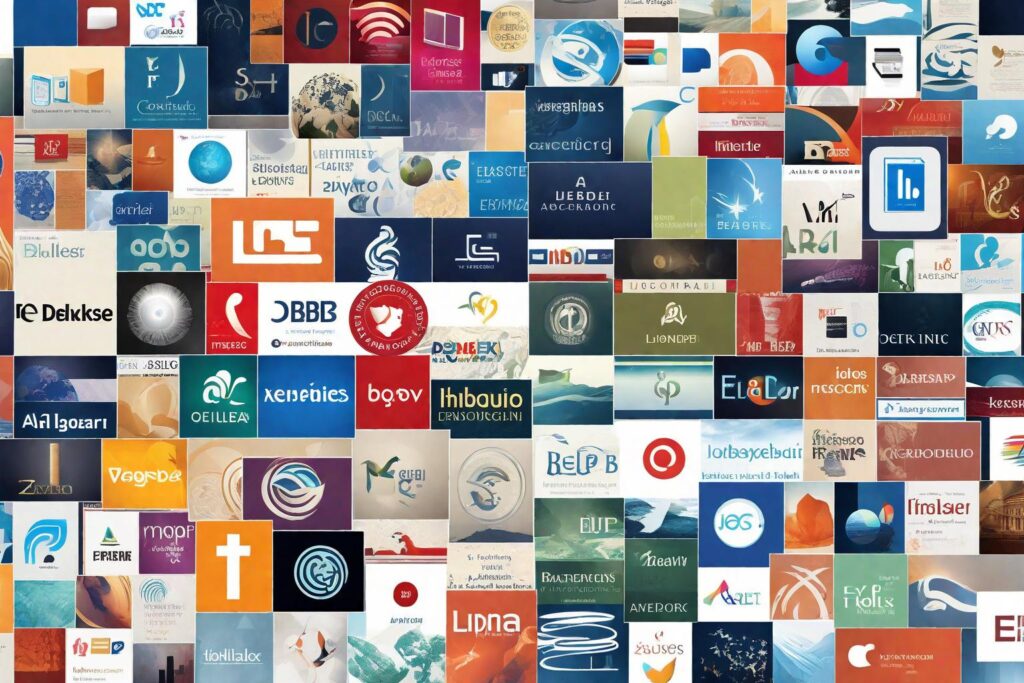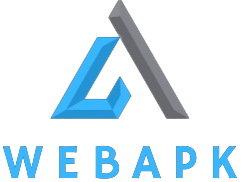Introduction:

In the digital age, accessing scholarly information has become easier thanks to e-bibliographic databases. These databases play a crucial role in facilitating research, providing users with a vast array of scholarly resources at their fingertips. However, with numerous options available, it’s essential to understand which one is the right fit for your needs.
In this article, we’ll delve into the world of e-bibliographic databases, exploring what they are, their benefits, and how to choose the great one for your research requirements.
You must read this out also The wavelength of matter wave is independent of:Debunking Myths
Table of Contents
Which one is E-Bibliographic Database?

An e-bibliographic database is an online repository that stores bibliographic records of scholarly articles, journals, books, and other academic resources. These databases provide users with access to a wealth of information across various disciplines, making them invaluable tools for researchers, academics, and students alike.
Benefits of E-Bibliographic Databases:

- Accessibility: E-bibliographic databases offer unparalleled accessibility, allowing users to access scholarly materials from anywhere with an internet connection.
- Comprehensive Coverage: These databases often contain a vast collection of scholarly resources, covering a wide range of topics and disciplines.
- Search Capabilities: E-bibliographic databases typically feature advanced search functionalities, enabling users to quickly and efficiently find relevant resources.
- Citation Management: Many e-bibliographic databases include citation management tools, making it easier for users to organize and cite their sources.
- Updates and Alerts: Users can often set up alerts to stay updated on new publications in their field of interest, ensuring they remain current with the latest research.
What is the difference between a bibliographic database and full-text database?
| bibliographic database | full-text database |
| A bibliographic database is a database of bibliographic records that provides an index of journal articles from multiple journals, and includes citations, abstracts and often a link to the full text. It is available online, so it can be updated regularly and easily accessed . | On the other hand, a full-text database provides the complete text of books, dissertations, journals, magazines, newspapers or other kinds of textual documents. They differ from bibliographic databases (which contain only bibliographical metadata, including abstracts in some cases) and non-bibliographic databases . |
.In summary, bibliographic databases provide a descriptive record of an item, but the item itself is not provided in the database. Information about the item is provided, including such things as author, title, subject, publisher, etc. . A full-text database, on the other hand, provides the full-text of a publication
Popular E-Bibliographic Databases:

- PubMed: Owned and operated by the National Institutes of Health (NIH), PubMed is a unbound search engine that primarily indexes articles in the field of medicine and life sciences.
- Scopus: Developed by Elsevier, Scopus is a comprehensive bibliographic database covering scientific, technical, medical, and social sciences literature.
- Web of Science: Produced by Clarivate Analytics, Web of Science is a multidisciplinary database that indexes scholarly literature from various disciplines, including science, social sciences, arts, and humanities.
- JSTOR: JSTOR is a digital library that provides access to thousands of academic journals, books, and primary sources across various disciplines.
- Google Scholar: Google Scholar is a unboundly accessible web search engine that indexes the full text or metadata of scholarly literature across an array of disciplines.
Choosing the Right E-Bibliographic Database:

When selecting an e-bibliographic database, consider the following factors:
- Coverage: Ensure the database covers your specific area of research interest.
- User Interface: Opt for a database with an intuitive and user-friendly interface.
- Features: Look for features such as advanced search options, citation management tools, and alert services.
- Accessibility: Consider whether the database is unboundly available or requires a subscription.
- Reputation: Choose databases with a reputation for reliability and accuracy in indexing scholarly literature.
Conclusion:
E-bibliographic databases are invaluable resources for researchers, providing comfortable access to a wealth of scholarly information. By understanding the features and benefits of different databases, you can select the one that great suits your research needs. Whether you’re a student, academic, or professional researcher, leveraging e-bibliographic databases can significantly enhance the efficiency and effectiveness of your research endeavors.

